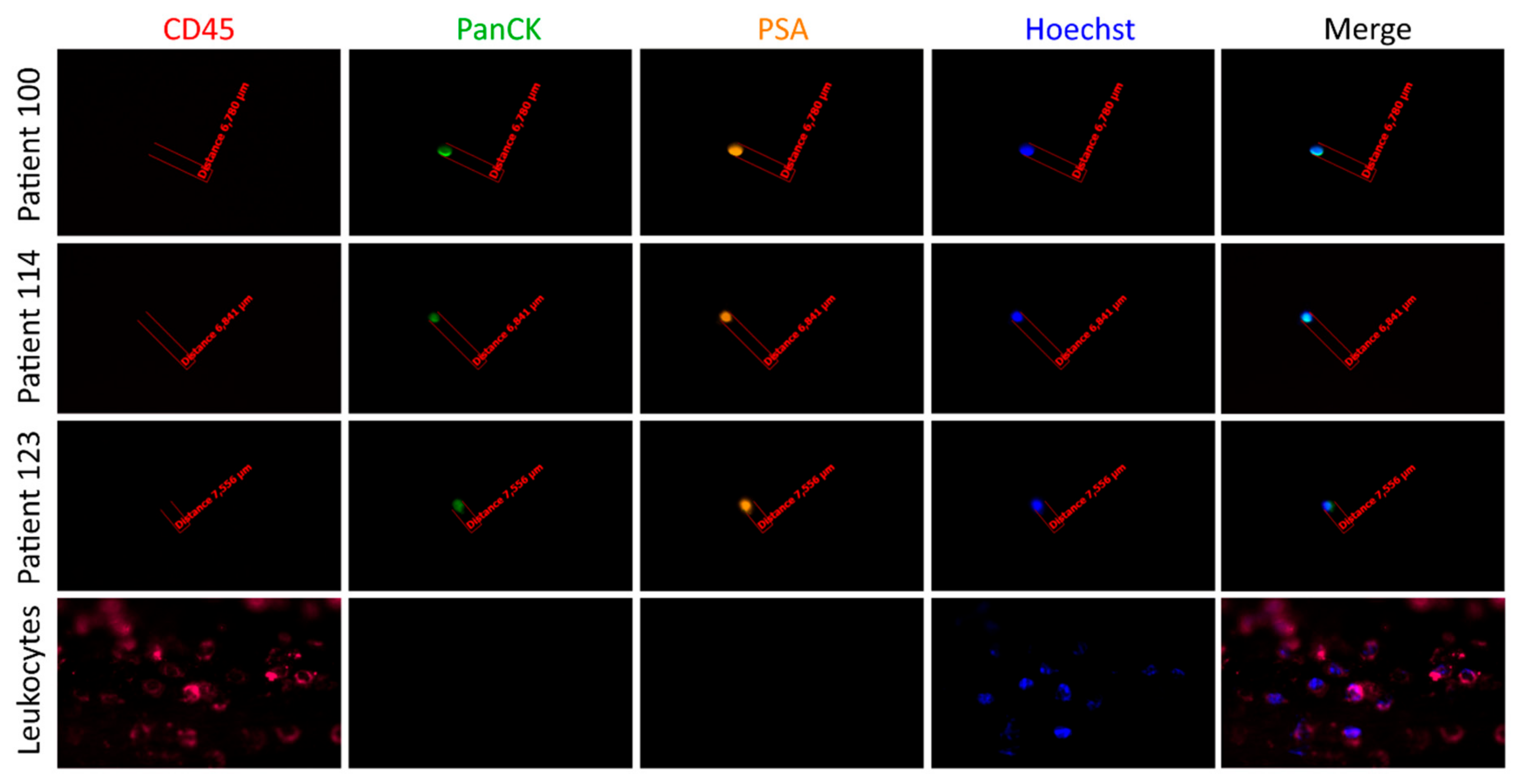
An increase in the mean value of the model uncertainty of 10% in relation to JCSS recommendations ( JCSS, 2001) led to p f s in the range of 10%–85% of the p f s estimated by JCSS’s recommendations. This hinders a correct evaluation of the reliability of RAC: in the SAKO report ( NKB/SAKO, 1999) the sensitivity of ultimate limit-state verifications of Eurocode 2 was analysed for several designs of beams subjected to bending. To the authors’ best knowledge, no study on the model uncertainty of structural elements made with RAC has been published to date, and no reliability analysis of RAC elements has considered the model uncertainty so far. Since the Eurocode format uses partial safety factors in loads and material strength only, the partial safety factor of the model uncertainty ( γ rd 1) is calculated in a way that allows it to be introduced inside γ M, as shown in Eq.

The reliability model is then calculated and partial safety factors calculated. The other RVs of the limit-state equation were omitted for simplification purposes. An insight into pros and cons of the utilization of the different approaches is provided, with reference to realistic examples.
The main advantages of the proposed approaches are the following: (1) the homogenized failure surface can be directly estimated, without the need for performing expensive step-by-step elasto-plastic finite element nonlinear analyses (2) as the linear programming problem involves very few variables in all approaches, it is intrinsically very robust and allows, at the same time, the failure surface to be easily estimated. In the framework of the upper bound theorem of limit analysis, simple linear programming optimization problems are derived to estimate the homogenized strength domains of masonry. Although in the second approach joints are reduced to interfaces with frictional behavior, failure inside units (bricks or blocks) can be captured as well. The first and last models have the advantage of taking the finite thickness of the joints into account. The last approach is also a kinematic (upper bound) procedure based on the so called Method of Cells, where the elementary cell is subdivided into six rectangular subcells with preassigned polynomial velocity fields fulfilling suitable periodic conditions. The third one is a “compatible identification” procedure, which belongs to the upper bound family, where joints are reduced to interfaces and bricks are assumed to be infinitely resistant. The second one is also based on the safe theorem of limit analysis, but joints are reduced to interfaces and bricks are subdivided into a few constant stress triangular elements.

The first one yields a lower bound, where the elementary cell is subdivided into a few rectangular subdomains and the microstress field is expanded using polynomial expressions. Taliercio, in Numerical Modeling of Masonry and Historical Structures, 2019 Abstractįour approaches for the determination of the homogenized strength domain of running or header bond masonry walls, either in-plane or transversely loaded, are proposed and compared.


 0 kommentar(er)
0 kommentar(er)
